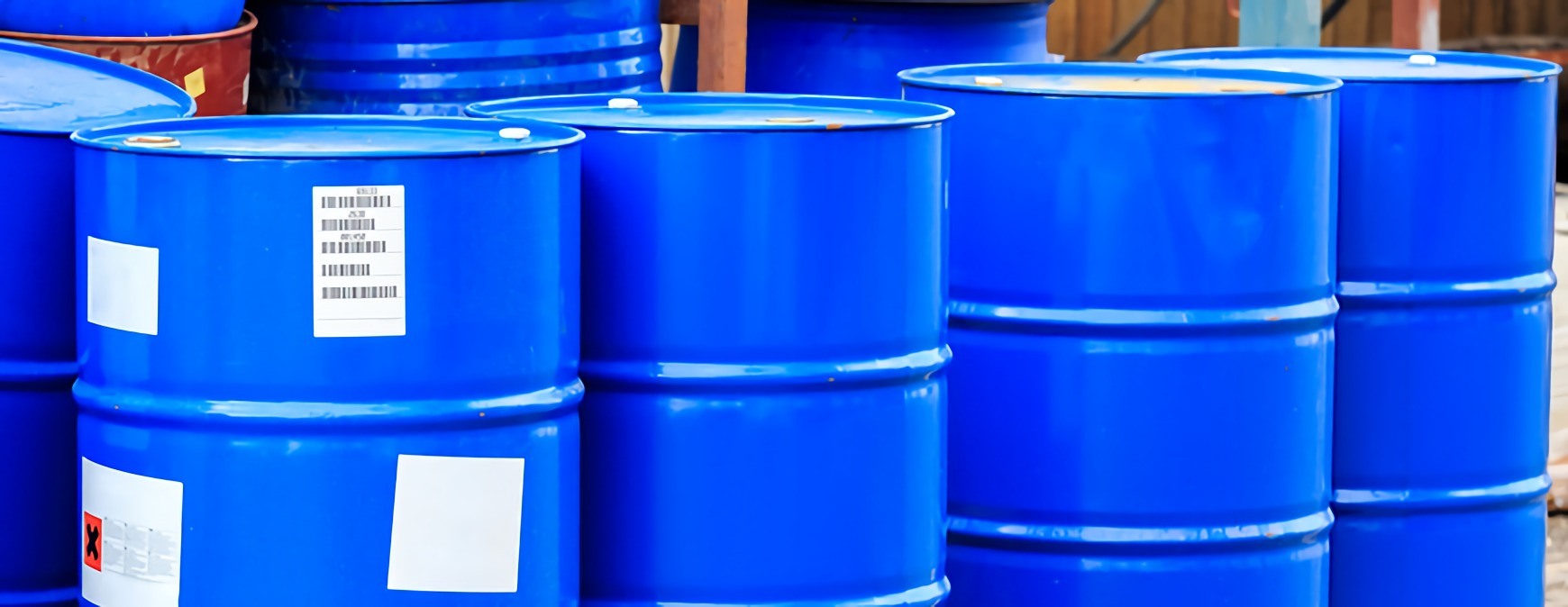RSI is a Great Training Option for Everyone
Learn more about how we can prepare you to advance your career.
Refrigerants are to HVAC units as blood is to the human body: both are essential for the mechanism’s proper function. Refrigerants come in many different types, and each has its own set of advantages and concerns. Learning about the various refrigerants is something you learn in refrigeration schooling. Here are major types of refrigerants used throughout history. 1
Types of Refrigerants
- Ice: Ice has served as the primary refrigerating technology throughout history. As refrigerants go, it has a number of advantages. It’s cheap and abundant, at least in some parts of the world. However, for modern refrigeration technology to develop, researchers had to find substitutes for ice.
- Sulfur Dioxide: This compound was used as a refrigerant in early appliances but today is considered obsolete. Sulfur dioxide is extremely poisonous. It’s unlikely you’ll ever run across a product that uses sulfur dioxide for refrigeration.
- Ammonia: This substance is found in older systems throughout the United States and Europe. As refrigerants go, ammonia is highly effective. Still used extensively in large commercial settings, ammonia is currently being considered as an alternative to R-22. It’s also quite toxic. Fortunately, its pungent odor can be detected at very low concentrations.
- Freon: This is a blanket term that refers to an entire family of products developed by the DuPont Company since the 1930s. The gold standard of Freon was, for many years, Freon-22, also known as R-22. It’s both nonflammable and non-toxic; two important qualities for any refrigerant. However, in the 1970s scientists discovered that R-22 causes holes in the atmosphere’s ozone layer, which protects life on earth from harmful radiation. R-22 is banned for all refrigeration systems made on or after January 1, 2010. By 2020, the government plans to phase out all systems using R-22.
- R-410A: With EPA approval, this refrigerant is the front-runner to replace R-22. It’s sold under a variety of trade names. It offers all the benefits of R-22, such as non-toxicity and non-flammability, but, unlike the older substance, it does not deplete the Earth’s ozone layer. However, it contributes to global warming, so this may not work so well.
- Air: Some researchers are looking for ways to use air as a refrigerant. It offers interesting possibilities for refrigeration technologies. Unfortunately, it’s nowhere near as efficient as substances like Freon. However, some industry analysts predict that air’s use will become more common as the technology needed to harness its cooling effects continues to develop.
- Water: This primary element can also serve as a safe, non-toxic refrigerant in low-humidity regions where evaporative coolers, also known as swamp coolers, are used. These units work by sending outdoor air over water-saturated pads, causing the water to evaporate into and lower the temperature of the air. The chilled air is pumped inside the home and the warm indoor air out. Unfortunately, these units are only suitable for dry climates.
Working with Refrigerants
To meet these challenges, you’ll need the kind of comprehensive, hands-on training offered at a quality trade school like RSI. When you graduate, you’ll have many of the skills necessary for a successful career.
Additional Sources
1 – http://enlightenme.com/refrigerants/
This blog has been labeled as archived as it may no longer contain the most up-to-date data. For a list of all current blog posts, please visit our blog homepage at https://www.rsi.edu/blog/




